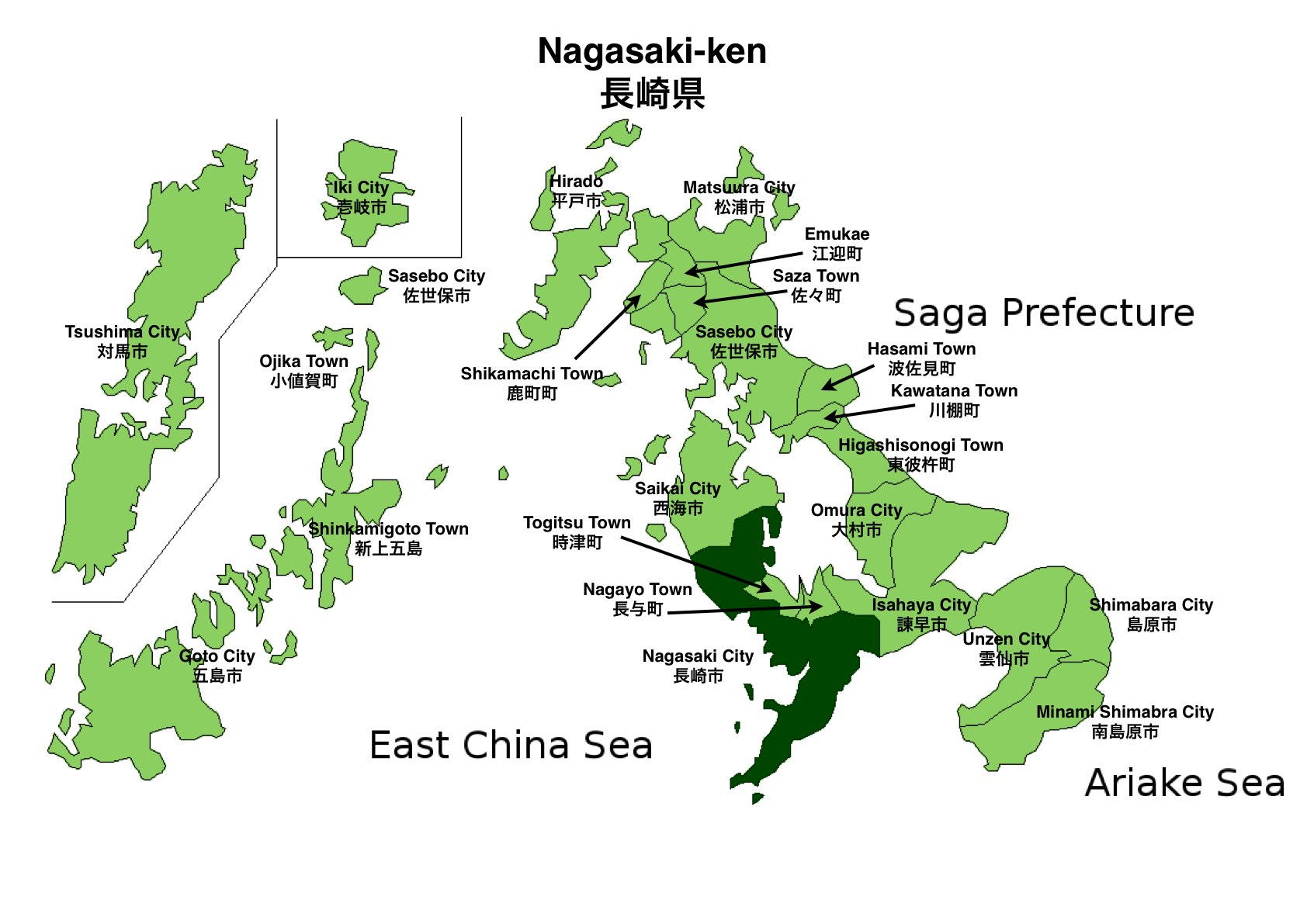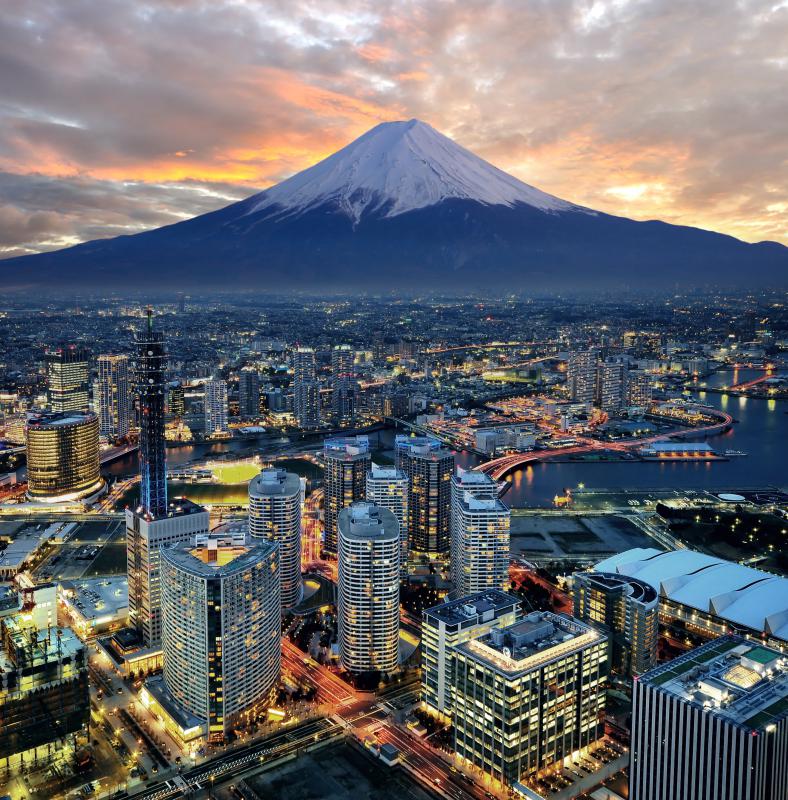
This factory turned museum not only teaches you the history of the drink itself but gives a fascinating insight into Japanese history, along with allowing visitors to taste their range of different brews. One of Japan's most beloved beverages, Sapporo is the oldest brand of beer in the country, founded in 1876. Tokyo is the political capital, while Kyoto is the cultural capital.Things to Do and See in Sapporo: The Capital of North Japan So, in a way, you could say that Japan has two capitals. Kyoto is home to many ancient temples and shrines and is the birthplace of Japanese culture. However, many people consider Kyoto to be the cultural capital of Japan. This is because Tokyo is the seat of the Japanese government. Technically, Tokyo is the capital of Japan. The answer to this question is a bit complicated. Some people might say that Tokyo is the capital of Japan, while others might say that Kyoto is the capital.
#Japanese capital island full
In any case, Tokyo’s rise as the capital of Japan is an exciting story full of political intrigue and backroom dealings. In contrast, others say it was simply because Tokyo was more modern and developed than Kyoto at the time. Some historians say it was a strategic decision to strengthen his power base and centralize control over the government. However, it remains a mystery why the Meiji Emperor initially decided to move the capital from Kyoto to Tokyo in the first place. The current Imperial Palace sits in Tokyo due to a 1944 decision by SCAP (Supreme Commander for the Allied Powers) during World War II that prohibited the emperor from returning to his former place of residence after Japan’s loss. The main reason behind the move was concerns about earthquakes.Īnother reason for moving the capital back to Kyoto was that its location would be closer to the mausoleum of Japan’s first emperor, Jimmu, which was built in the southern part of Kyoto City. The emperor lived in Tokyo for 13 years until 1912, when the Meiji Emperor’s death necessitated a return to Kyoto.

The emperor shifted the central government’s focus towards developing industries and technologies and strengthening military power, all contributing factors leading to Japan’s eventual victory over China in 1895 and Russia in 1905.Īlthough the official title was not changed until 1912, Tokyo had effectively become the capital of Japan after the Meiji Restoration in 1868. The Meiji Emperor moved Japan’s capital from Kyoto to Tokyo in 1867, starting Japan’s modernization. When did Tokyo become the capital of Japan? It is said that the name came about because Kyoto is located in a basin surrounded by mountains, making it an extremely calm and quiet place. The town was initially called “Heian-Kyo,” meaning Capital of Peace and Tranquility. The Imperial Palace was subsequently erected there. The settlement was built as a military base and became the capital city after being captured by an opposing clan. Interestingly, Kyoto was not originally designated as Japan’s capital. Kyoto was a more centrally located city than Nara at the time, and the move symbolized the central government’s shift towards Buddhism. The capital was moved from Nara to Kyoto in 794 when Imperial Prince Shotoku, the first Japanese monarch to embrace Buddhism, ascended to the throne. Today’s geographical borders are also close to unchanged from ancient times. The Five Biggest Sports Clubs In The World Japan is a nation with thousands of years of history, and it can be said that the Yamato Clan has continuously governed the island since about the third century. Why was the Japanese capital moved from Nara to Kyoto? Kyoto and Tokyo remain the only two prefectures maintaining their prefectural governments. Parliament members from Tokyo have more power and influence than those from Kyoto, so it is no surprise that the capital moved to Tokyo.ĭespite all of these reasons, some believe that Kyoto should be reinstated as the capital of Japan.

Tokyo, on the other hand, was largely unscathed by these disasters.Īnother reason is that most of Japan’s most important political decisions are made by parliament members from Tokyo and not Kyoto. In 1788, a large fire destroyed much of Kyoto (Great Kyoto Fire), and in 1945 it experienced a bombing attack that did much damage.

Kyoto also suffered several natural disasters, making it less desirable as a capital. The government felt it would be easier to administer the country if the capital was found in its middle.Īdditionally, Tokyo was more modern and developed than Kyoto, and the government wanted to showcase Japan’s modernization to the world. One reason is that Tokyo is more centrally located than Kyoto. There are several reasons why this may have happened: Kyoto was the capital from 794 to 1868, but it lost its title to Tokyo.


 0 kommentar(er)
0 kommentar(er)
